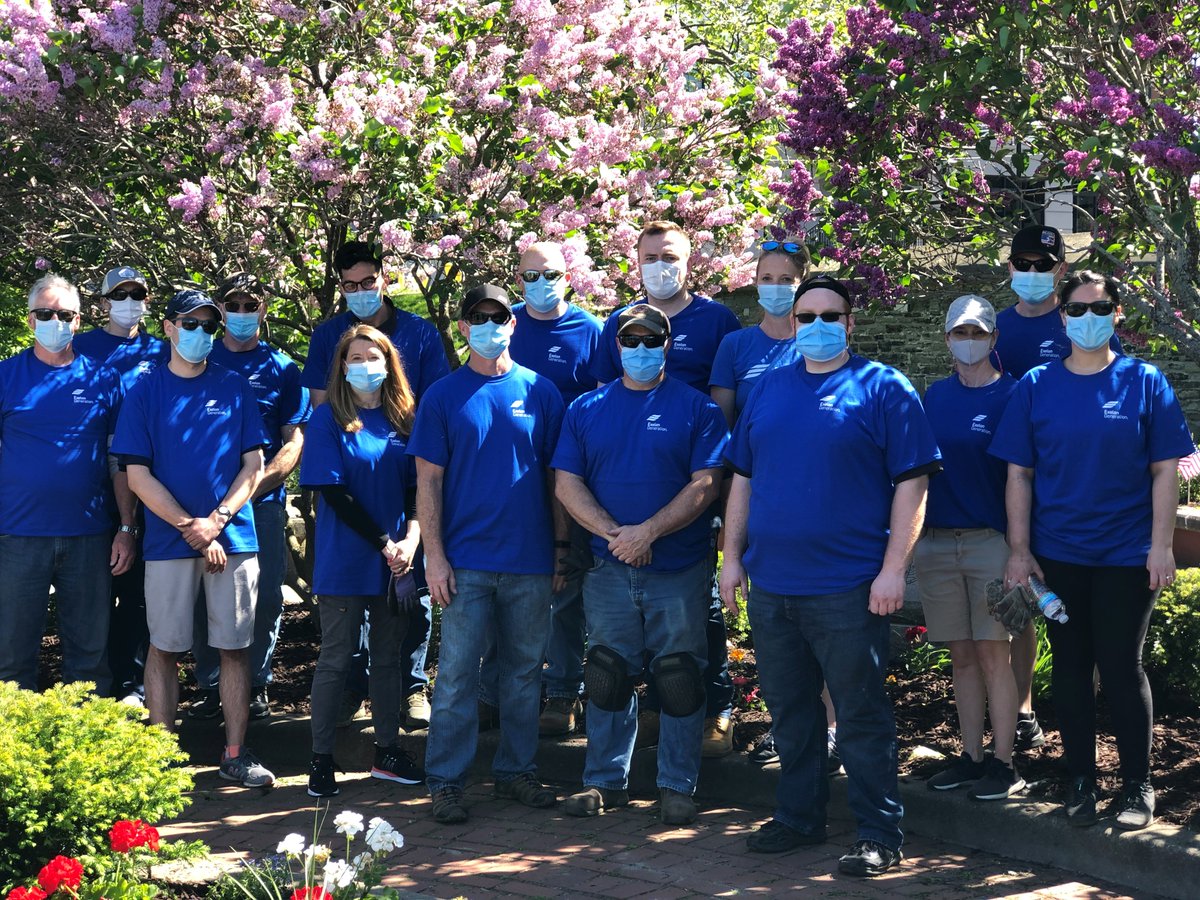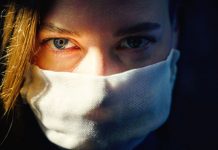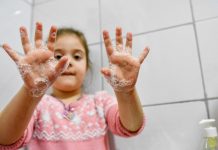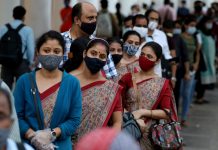Subedi, the attending physician in the COVID-19 unit at Upstate University Hospital for the last two weeks, is there to listen. To try to explain. But it’s hard to hear over the motorized whir of his vacuum-sealed protective suit. And it’s hard to talk through his mask and hood.
“We have to lean in near their mouth. But it’s another risk of exposure,” he said. “So you try to find the Goldilocks spot, exactly where the right position is. It’s challenging.”
Subedi was at the bedside of almost every coronavirus patient at the hospital for the last two weeks while on a rotation in that unit.
The unit is the epicenter of Syracuse’s battle against the virus. It’s home to the sickest people in the area. Some are only in their 20s; others are in their 90s. The unit is an air-locked 16-room quadrant of the hospital with a staff of about 30 people who come face-to-face every day with the mysterious disease.
As Central New York hunkers down in isolation each day, staff at Upstate and other Syracuse hospitals suit up for battle.
Doctors and nurses say they are preparing for a large wave of extremely ill patients in the weeks to come. Everyone hopes it won’t be as bad as they imagine.
But two troubling patterns emerged this week: Patients who tested positive for COVID-19 nine or ten days ago and seemed well enough to go it alone are returning to the hospital. They are far sicker this time. And more people who are more severely ill with respiratory symptoms are coming to the hospital.A disturbing development
For weeks, Erik Zeiner, a nurse in Upstate’s emergency department, has seen about 10 COVID or suspected COVID patients every day.
They are sicker and sometimes on their second trip through the ER. That’s because when they first had symptoms and tested positive, the illness was mild. But instead of getting better, they got worse. This is a trend seen in other communities.
That makes Zeiner worry that the wave is on the horizon, he said.
“That is scary because that’s what’s been happening in New York City,” said Zeiner, who oversees nurse training in the emergency department. He was a flight nurse and a trauma nurse before this job.
Everything is different about working in the ER now. There are two entrances: one for COVID patients and one for everyone else. Everyone gets a mask. Someone takes their temperature before they come in.
And every patient, frightened and confused, must come in alone.
Recently, Zeiner saw a patient who was ill with COVID-like symptoms. The man’s wife of 30 years could not comfort him because visitors are banned.




























